
Tax evasion, while a global issue, particularly hinders sub-Saharan Africa economic growth. In fact, the total amount of lost taxes exceeds the amount of foreign aid sent to the region. Tax evasion in Sub-Saharan Africa deprives governments of the ability to provide vital services, such as healthcare, education and disaster relief, to the 413 million people living below the poverty line.
By the Numbers
The Organization for Economic Cooperation and Development (OECD) estimates that Africa loses $50 billion to tax evasion annually. Some place the figure much higher; for example, the United Nations Economic Commission for Africa (UNECA) estimates that $100 billion is lost. Compared with the total amount of foreign aid sent in 2017, $43.5 billion, the region experiences a net loss of approximately $6.5 billion, while using the more conservative OECD estimate.
The United Nations Conference on Trade and Development (UNCTAD) found that a wide financing gap exists in Africa. A financing gap refers to the difference between the amount needed to achieve Sustainable Development Growth (SDG) and actual government revenue. The UNCTAD estimates that there is a financing gap of $210 billion for key government initiatives, including infrastructure, food security, healthcare and education.
Resource Extraction Drives Tax Evasion in Sub-Saharan Africa
Multinational companies involved in resource extraction are particularly effective at paying only a small share of the taxes that they owe. Mineral and oil extraction companies are responsible for much of the tax evasion in Sub-Saharan Africa, accounting for total annual losses of up to 6 percent of African GDP. The Southern African Catholics Bishops Conference recently wrote a letter to 21 mining companies operating in South Africa; they asked each to explain their use of tax havens, the purpose of their subsidiaries, and if tax evasion was consistent with their corporate social responsibility policies.
The OECD launched the Africa Initiative Report in 2014, which includes 29 of the 46 countries in sub-Saharan Africa, as a means to combat tax evasion. The OECD hopes to increase cooperation between member countries, which will provide greater transparency. The progress being made is incremental, but most member countries are meeting the requirements set out by the OECD. The first and among the most important steps is for African countries to develop Exchange of Information (EOI) systems. EOIs allow for member countries to request relevant profit and tax information from one another. The 29 countries had a total of 23 people on EOI staff in 2014; in 2018, that number has grown to 79 staff members, prompting the OECD to describe the situation as “greatly improved.”
Tax Justice Network Africa
Tax Justice Network Africa (TJNA) is a research and advocacy organization working to promote “equitable, inclusive and sustainable development”. They point to tax evasion in Sub-Saharan Africa as a major cause of revenue loss. To stymie tax loss, TJNA calls for a more transparent global financial network; tax havens, or countries with very low effective tax rates, present an obstacle to achieve this goal. However, TJNA hopes to establish an Intergovernmental Tax Commission (ITC) in the United Nations in order to set international tax standards. The ITC, according to TJNA, would allow for greater conformity and make it more difficult for businesses to evade taxation.
A Broad Coalition
Tax evasion in Sub-Saharan Africa is a major cause of concern. However, international organizations and African countries are partnering to tackle it. If successful, Africa can expect to reap an additional $50-100 billion in annual tax revenue. While the 413 million people living in poverty will benefit significantly from higher rates of tax compliance, business can expect to benefit as well. As African economies continue to develop, businesses will have more opportunity for investment in emerging markets. Capital currently flows out of African economies. If the trend is reversed, governments, citizens and businesses will all benefit.
– Kyle Linder
Photo: Flickr

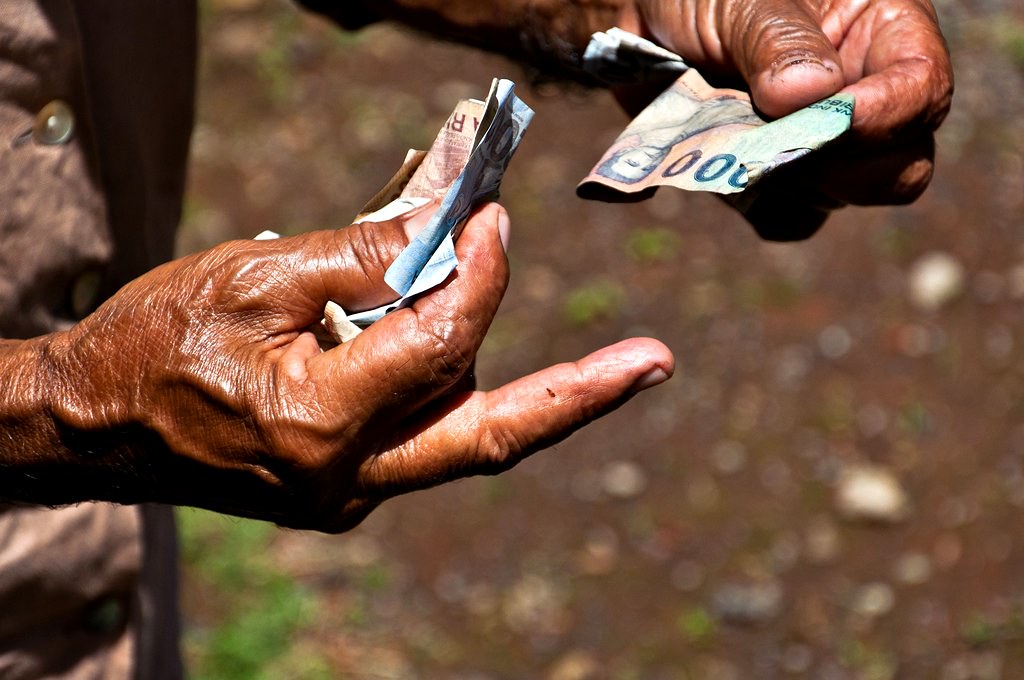
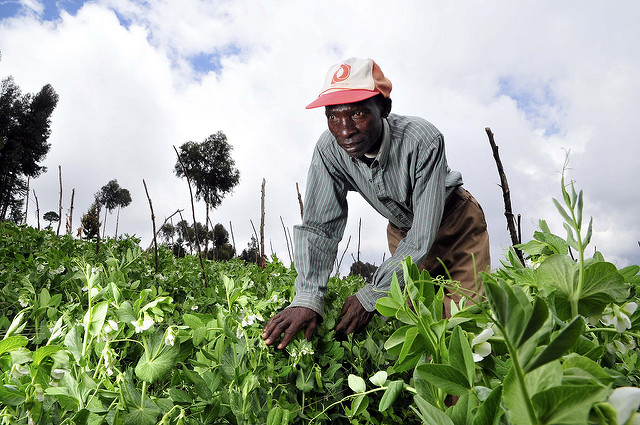 As of 2015,
As of 2015, 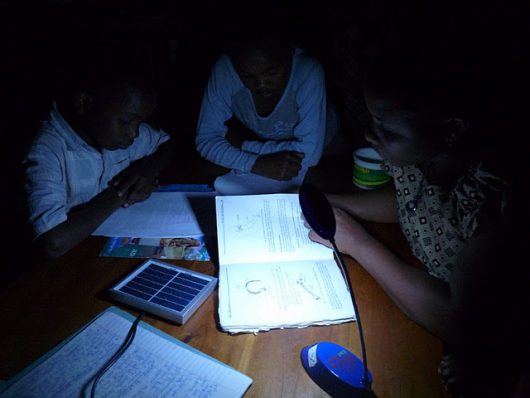

 On September 21, the United States Agency for International Development (USAID) announced that its President’s Malaria Initiative would expand to include
On September 21, the United States Agency for International Development (USAID) announced that its President’s Malaria Initiative would expand to include 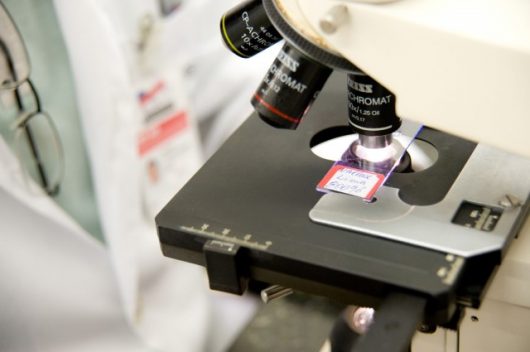 Despite its relatively low prevalence in the U.S., AIDS continues to be a seemingly uncontrollable global epidemic. But nowhere else on earth suffers as much from this tragic disease as Sub-Saharan Africa, where
Despite its relatively low prevalence in the U.S., AIDS continues to be a seemingly uncontrollable global epidemic. But nowhere else on earth suffers as much from this tragic disease as Sub-Saharan Africa, where 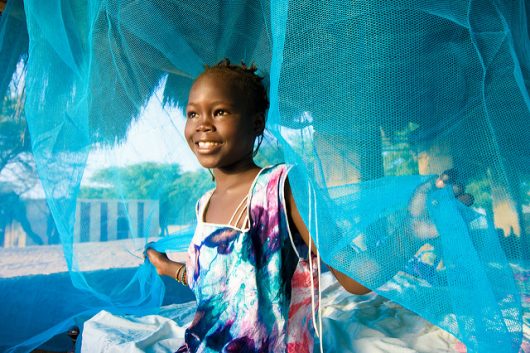 Despite the overall decrease in malaria deaths, which comes in at a solid
Despite the overall decrease in malaria deaths, which comes in at a solid 
